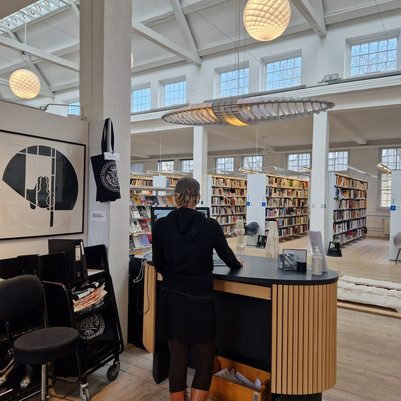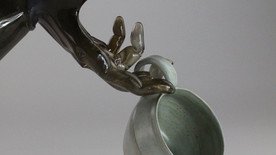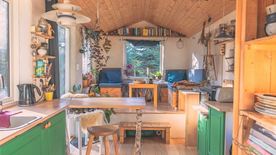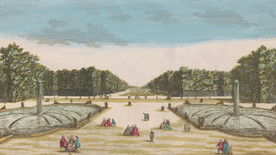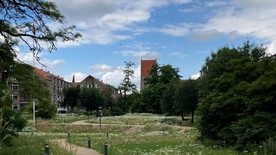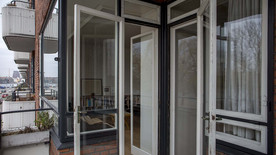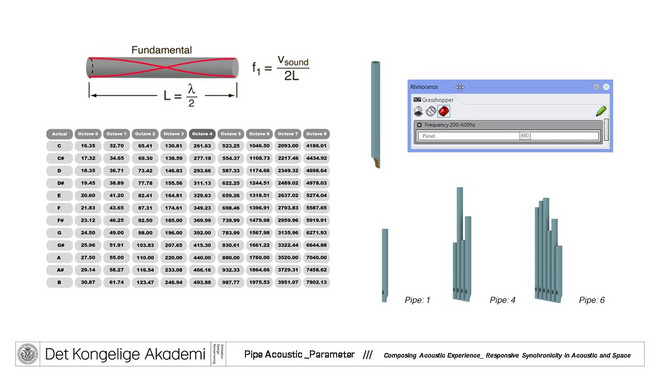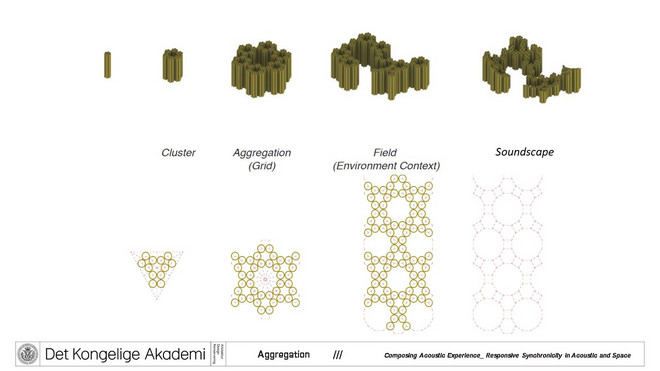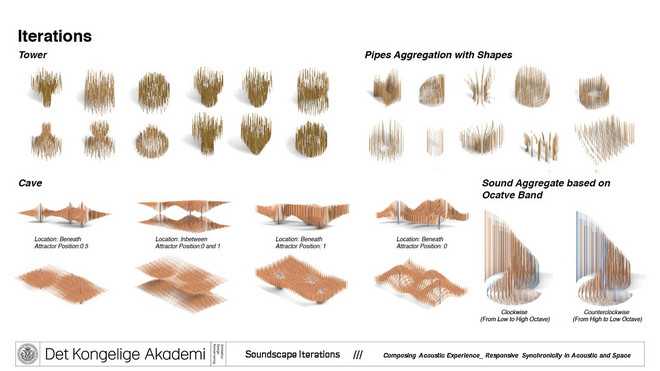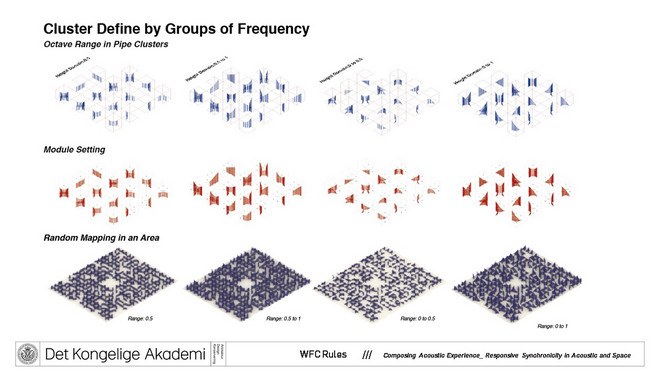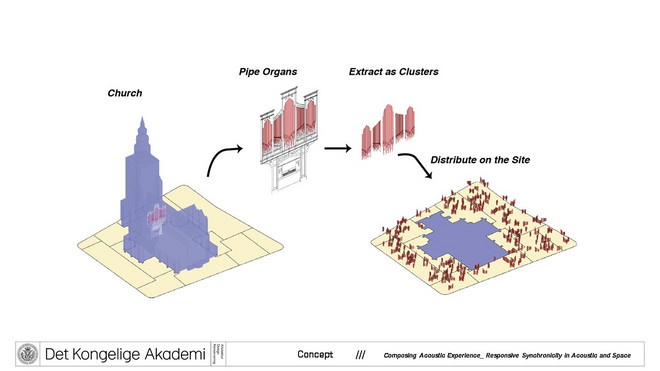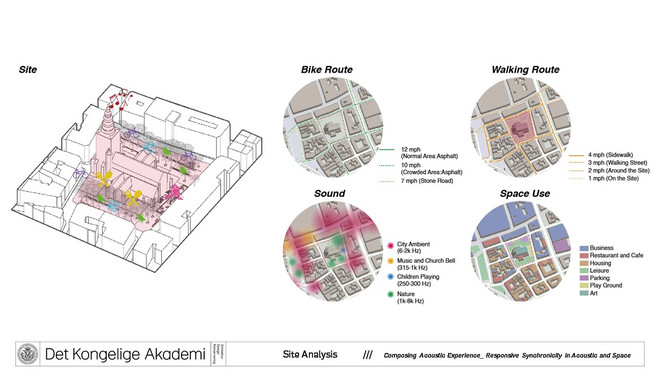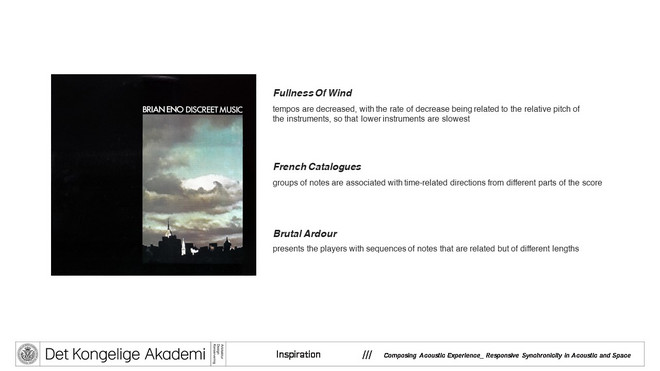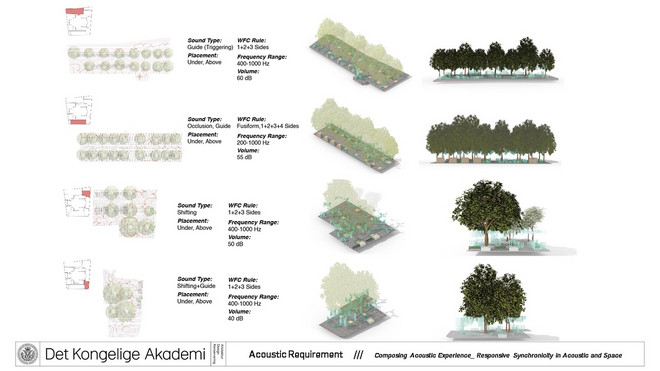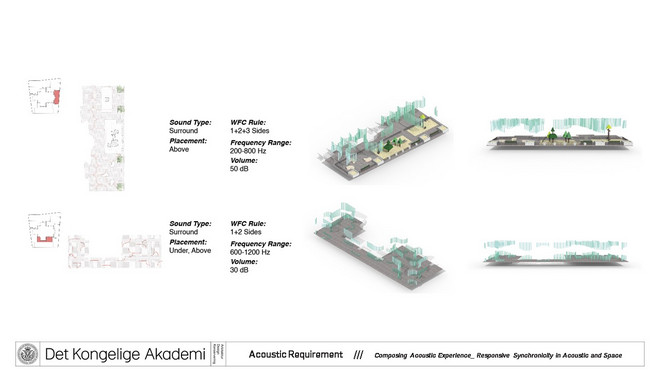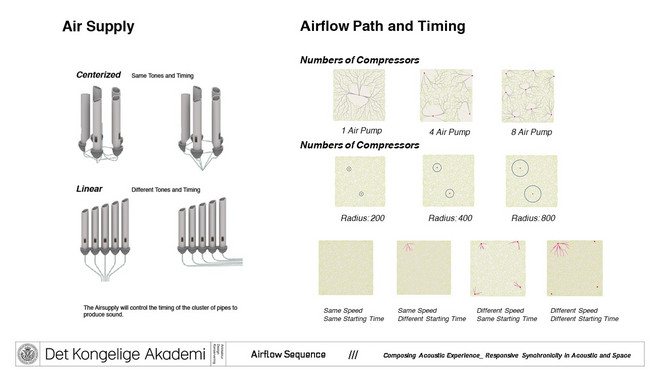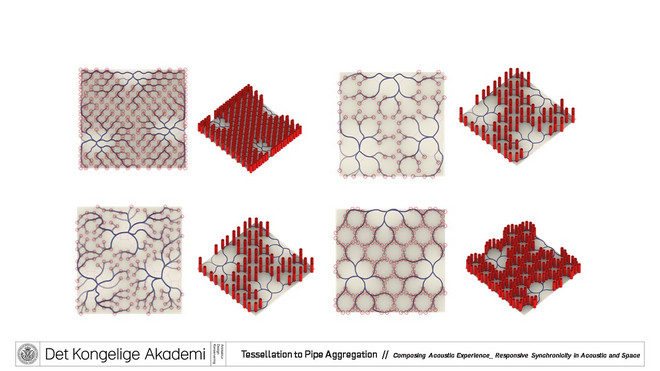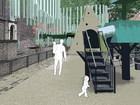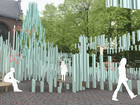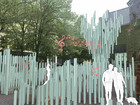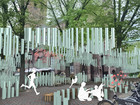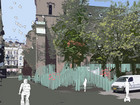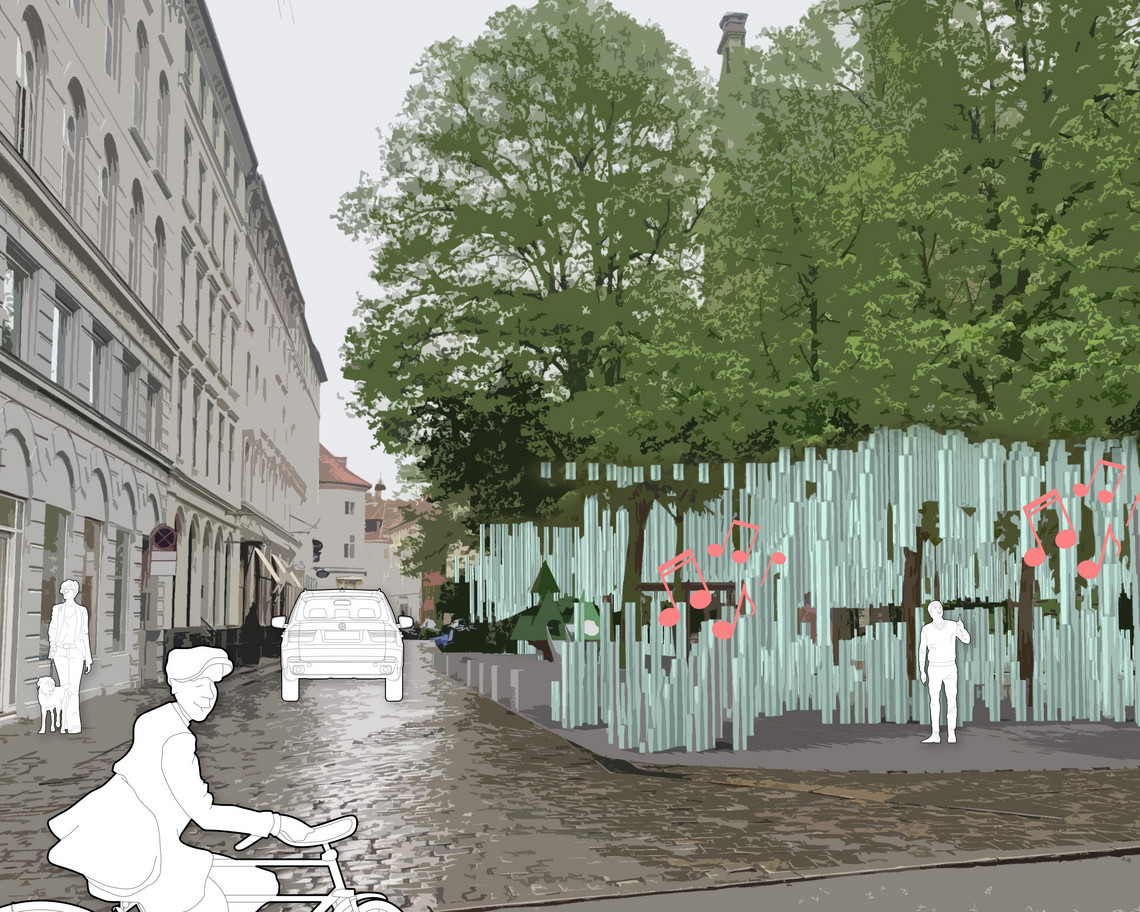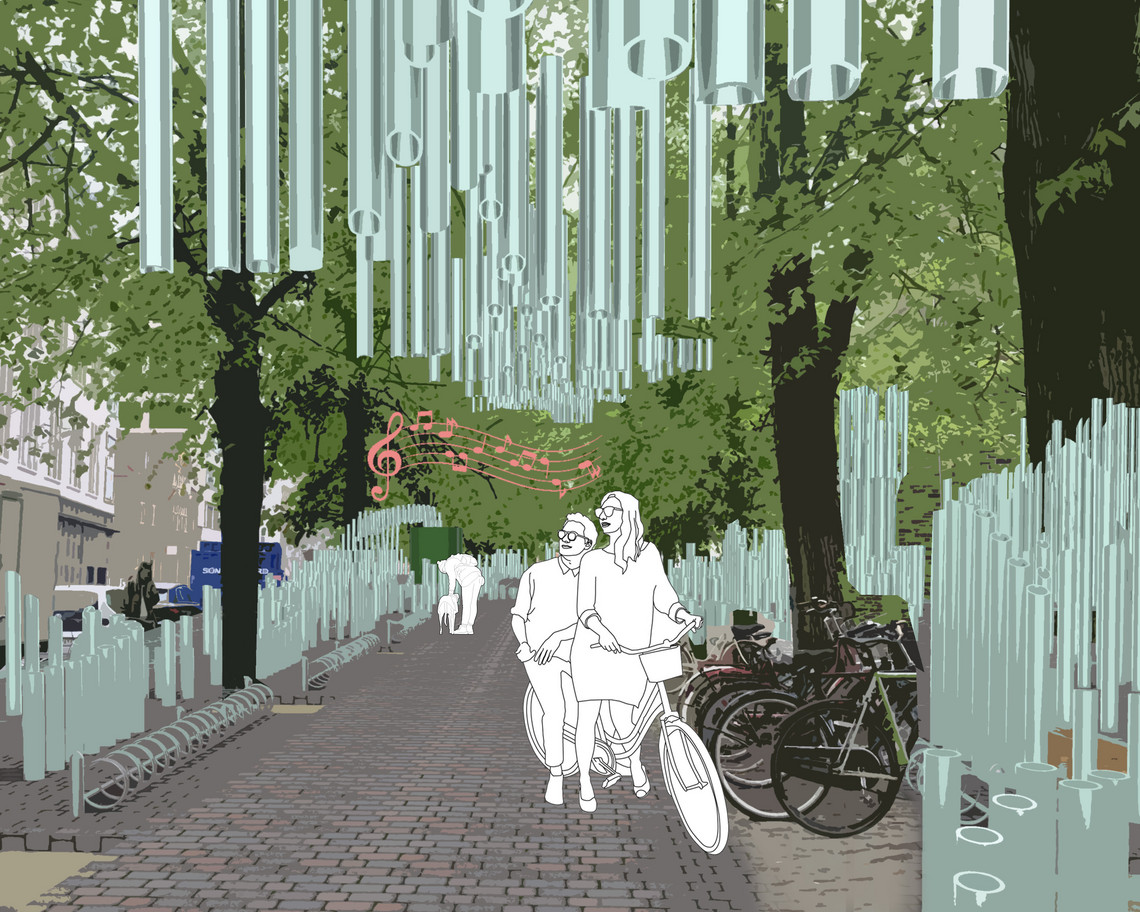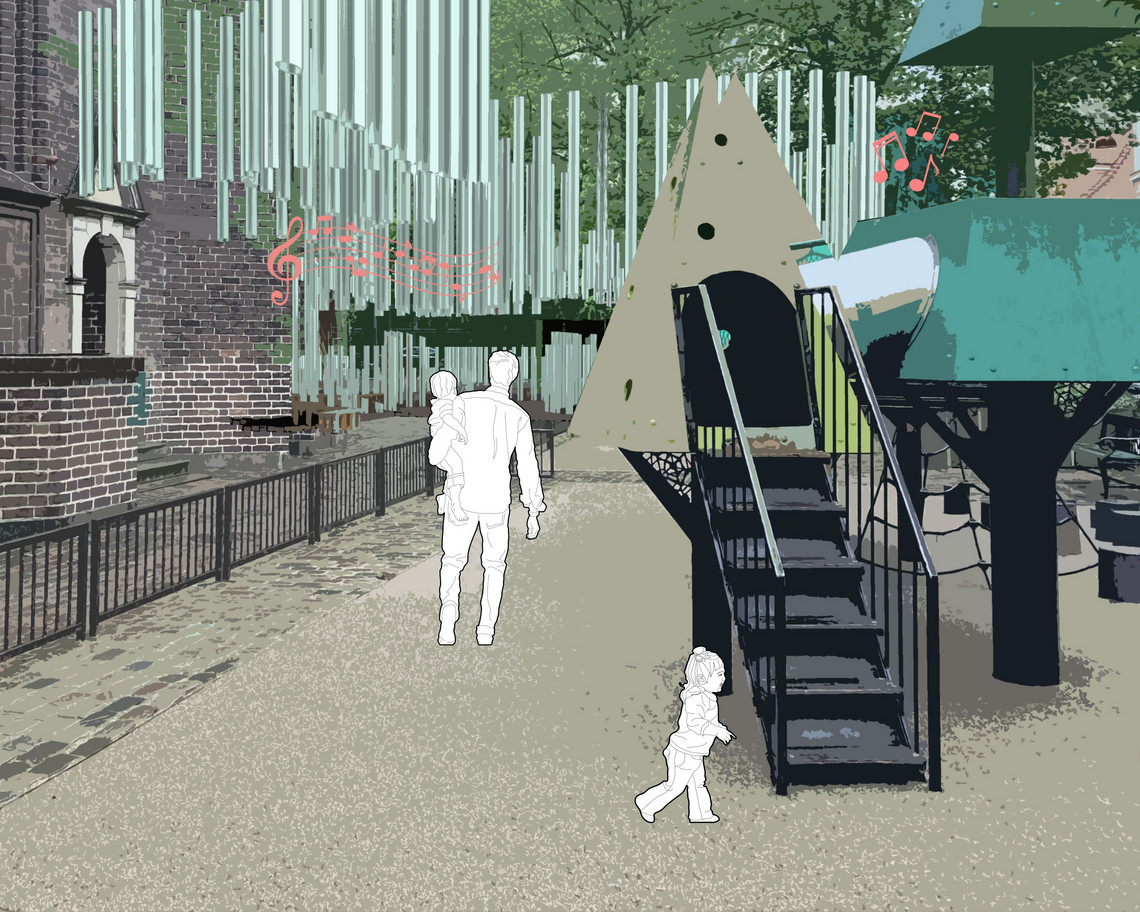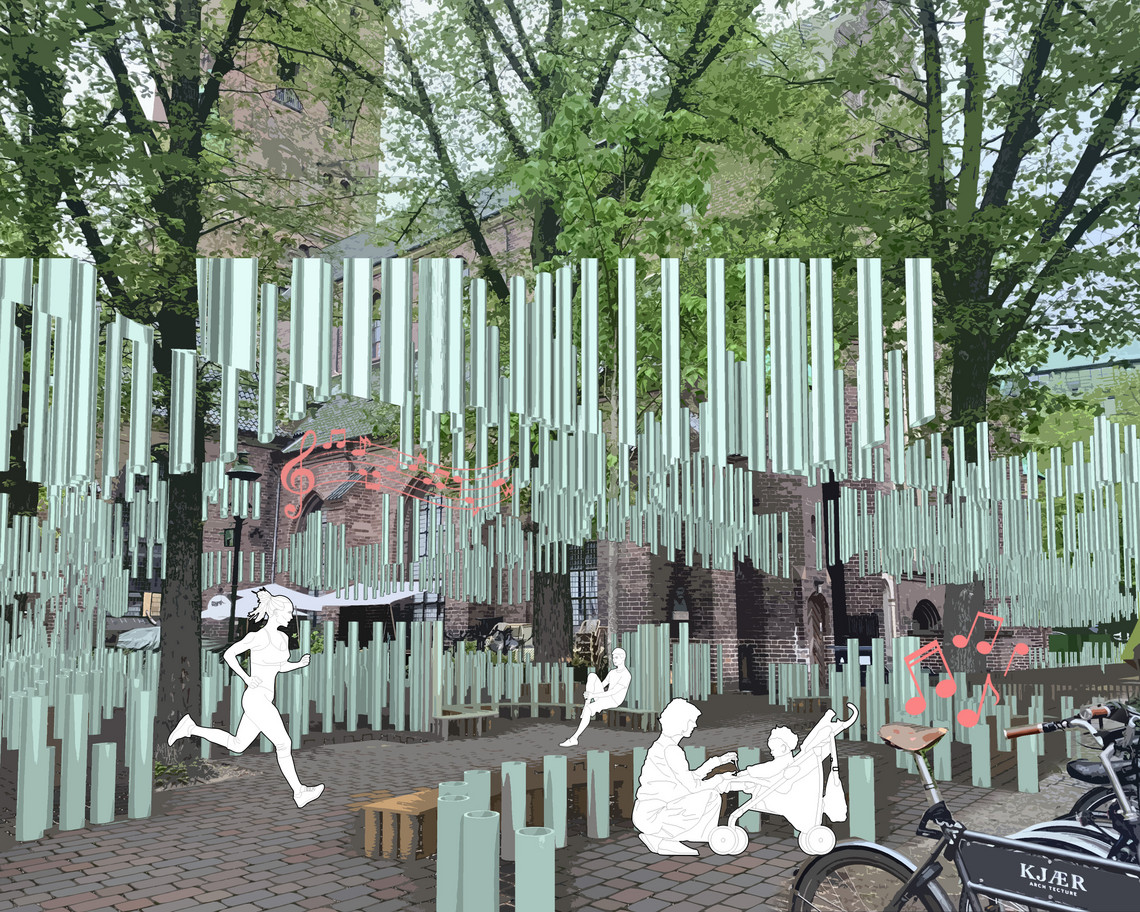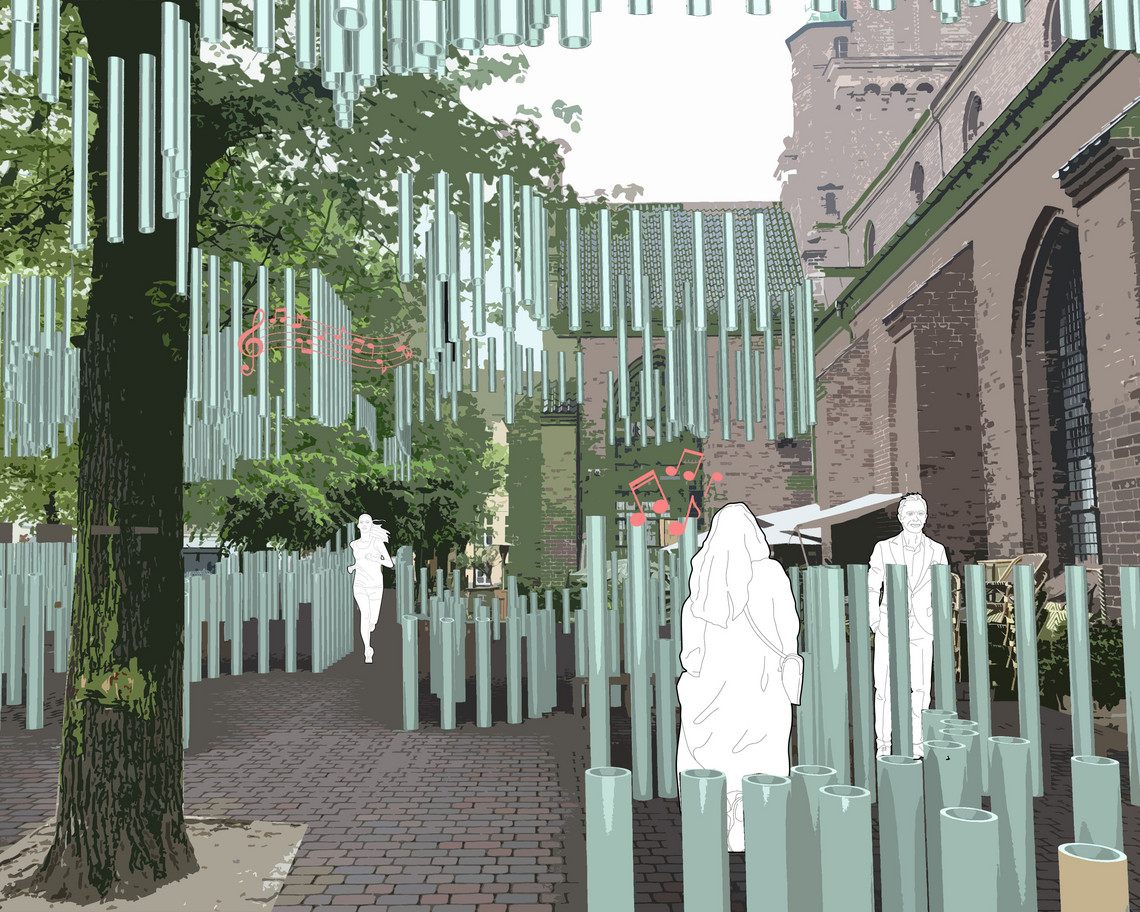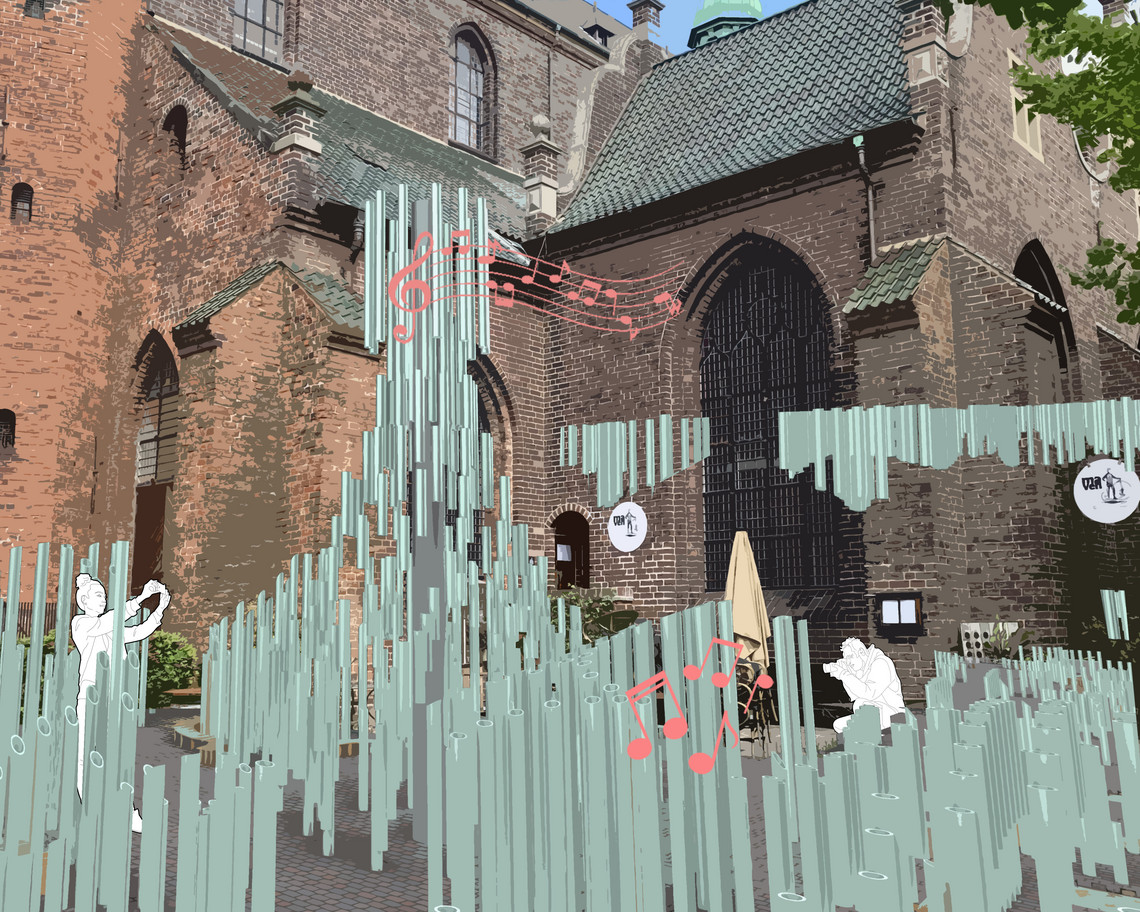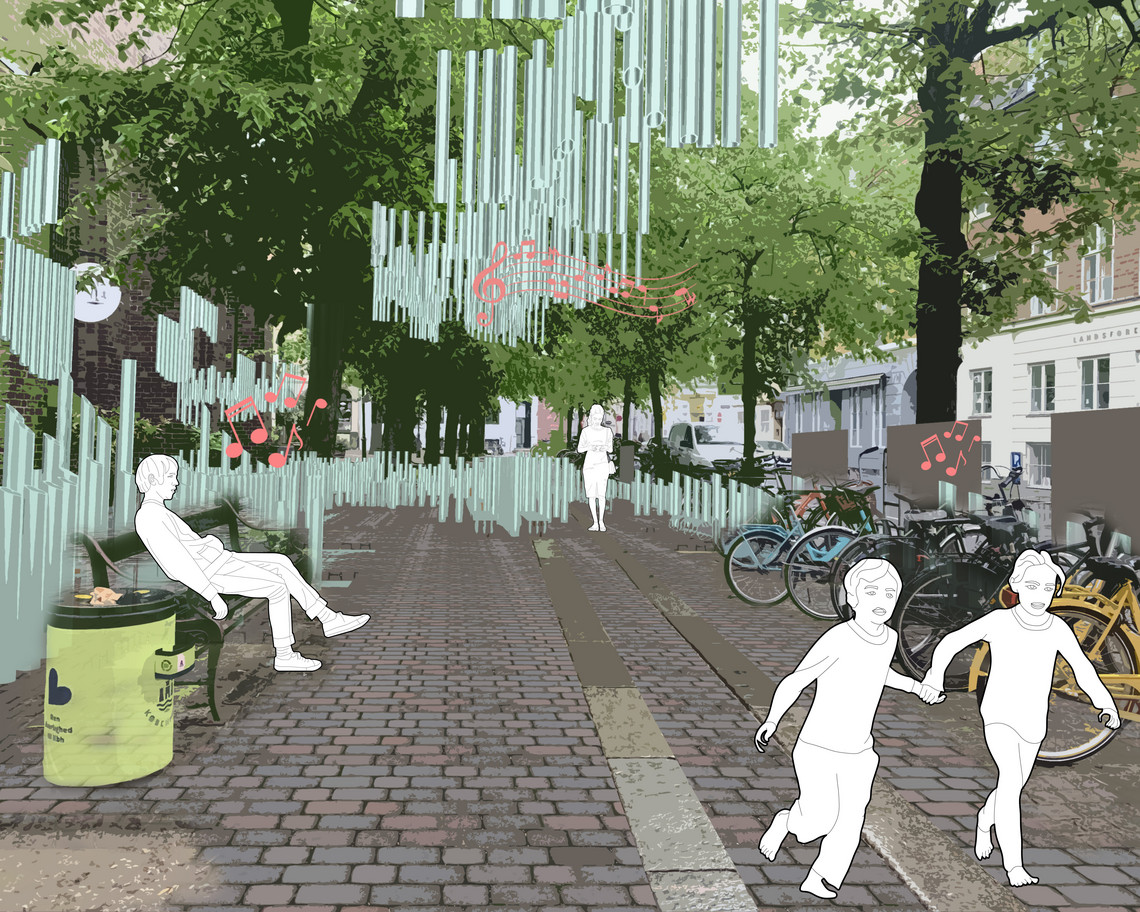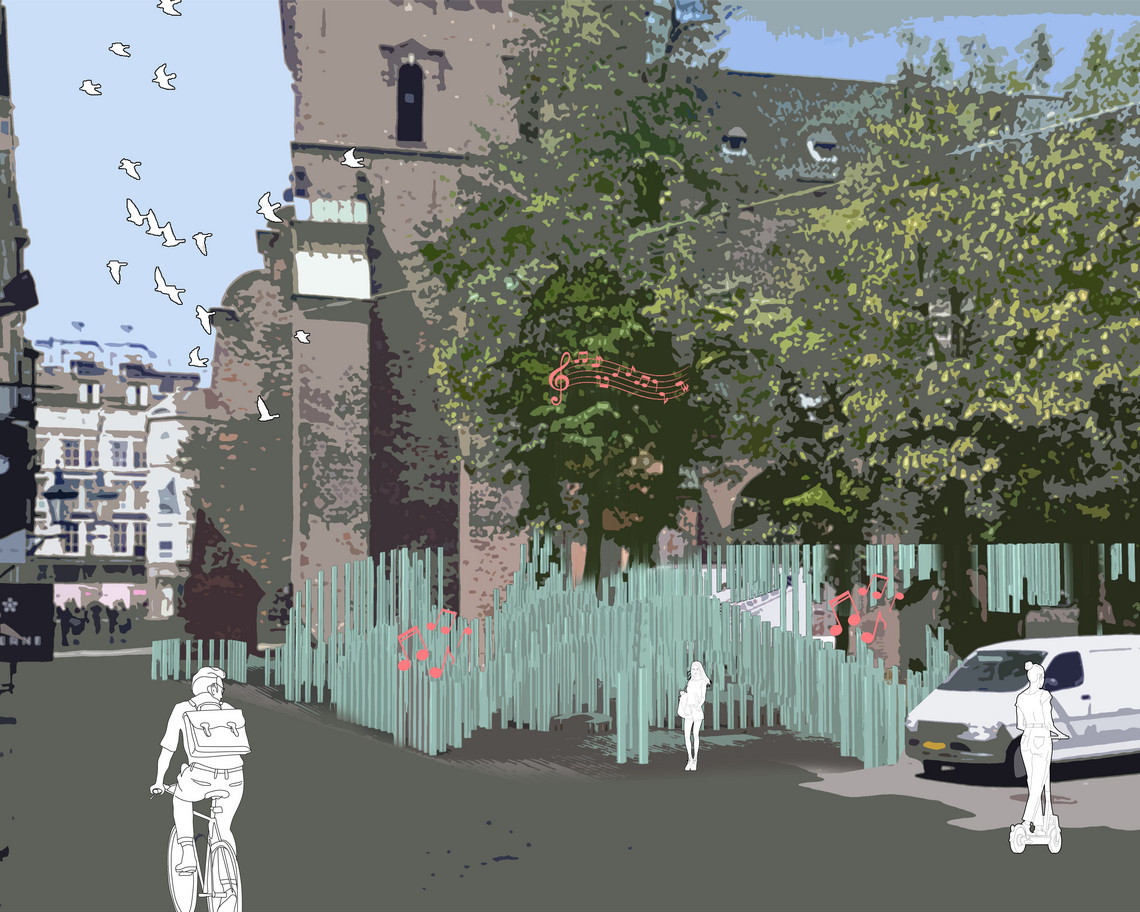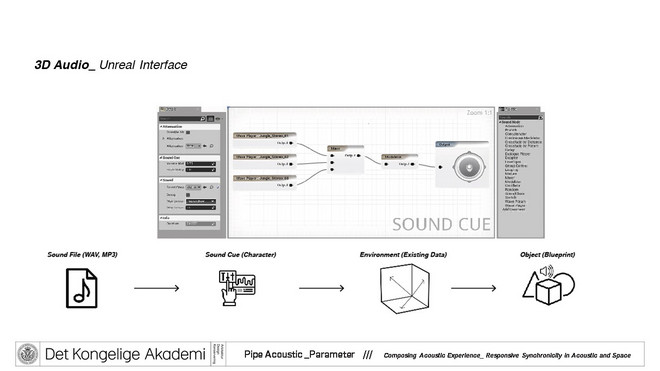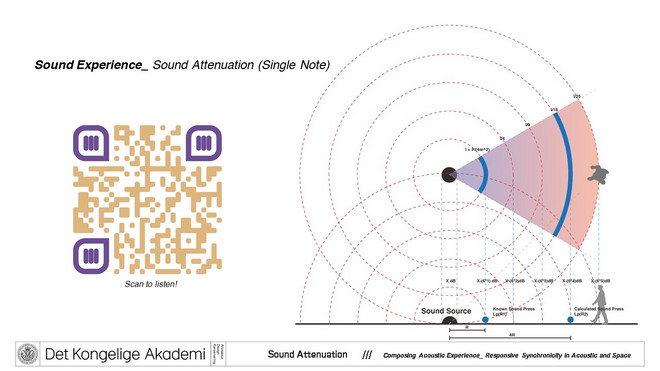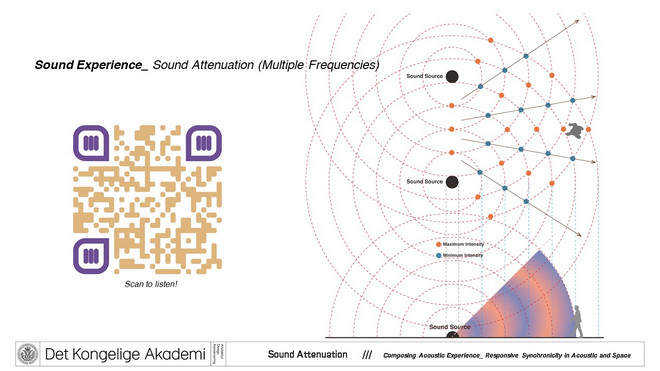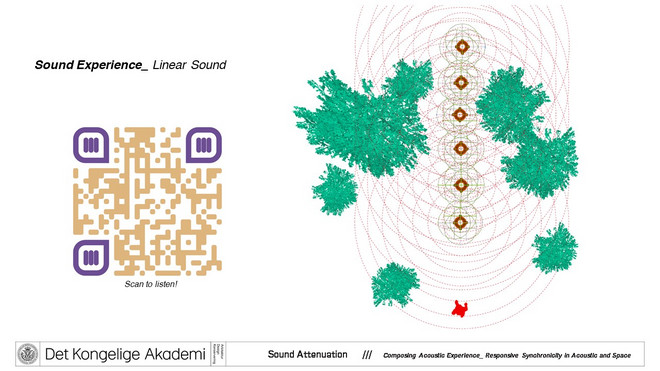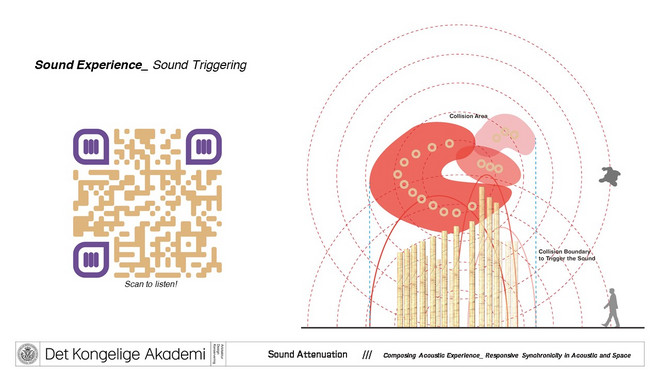
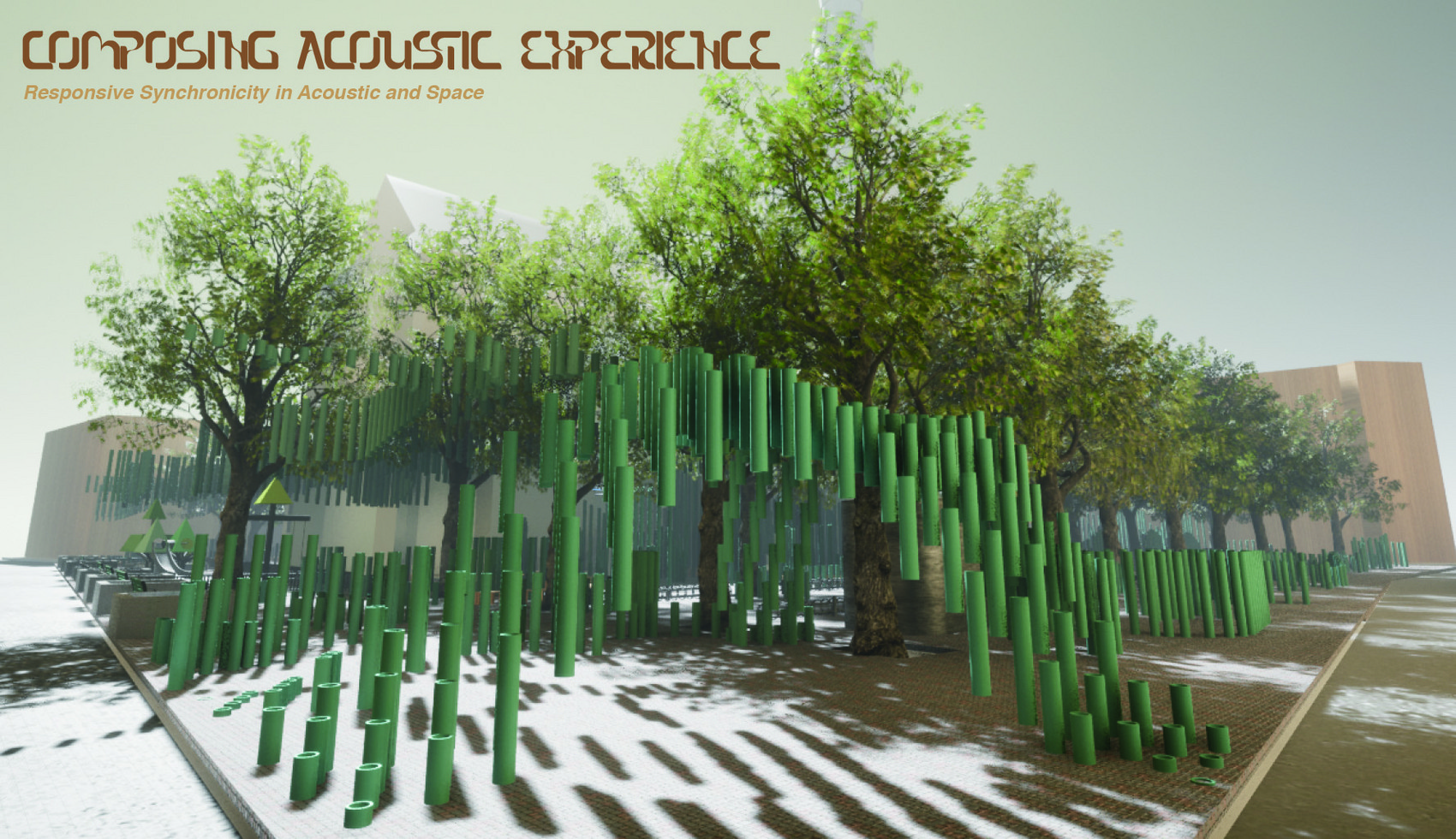
Composing Acoustic Experience
This study set out the terms of reference for my thesis about finding the design strategy of sound-based architecture. Architecture changes the effect of sound in the space like a musical instrument. The activities in the space also respond to its sound, bringing different acoustic experiences to the space.
In contrast to the logic of traditional construction, digital fabrication offers the opportunity to produce non-standardized elements that have the potential to create spaces and installations with specific acoustic properties, while using digital tools to think about the possibilities of acoustics for people. In addition to the possibility of producing a single, non-repeating sound element, digital fabrication opens up the limits of acoustic boundaries and how space is occupied, creating differentiated acoustic properties within that field.
Key Words: responsive architecture, acoustics, raytracing, aggregation, soundscape

Motivation
In the development of architectural acoustics, acoustic design is often adjusted in the existing architectural space. Most of the spatial acoustic design is not a reference basis for the initial design, and architects often lack the knowledge and design methods in acoustic design.
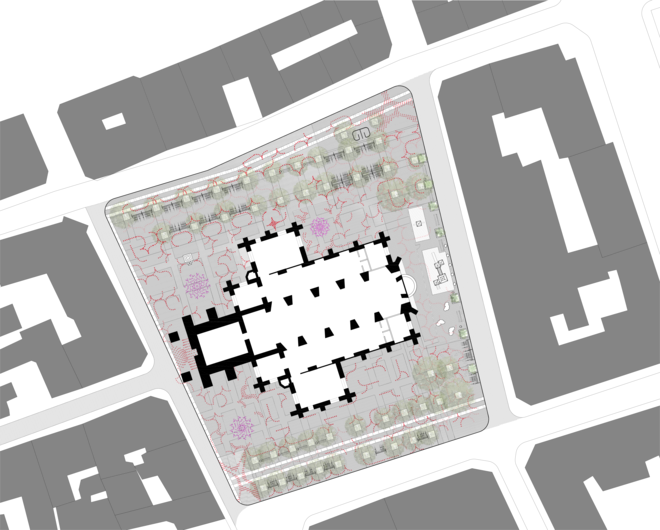
About Site
Nikolaj Kunsthal was a church originally called St. Nicholas Church, it is one of the oldest churches in Copenhagen, the Church turned into Contemporary Art Gallery and the function of the church is not being used anymore. The concept of the project is by studying the pipe organs as a part of the building, and turning it into an urban soundscape, from interior to exterior; private to public, with organs that only play on a certain time to a daily base. A place to experience different sound experiences and scenarios.

Det Kongelige Akademi understøtter FN’s verdensmål
Siden 2017 har Det Kongelige Akademi arbejdet med FN’s verdensmål. Det afspejler sig i forskning, undervisning og afgangsprojekter. Dette projekt har forholdt sig til følgende FN-mål







